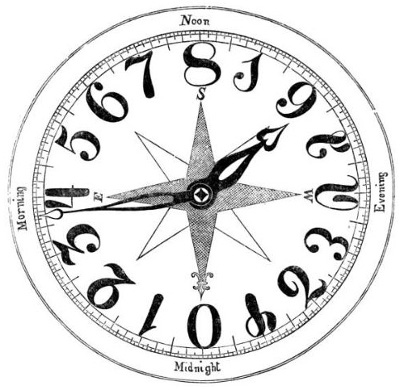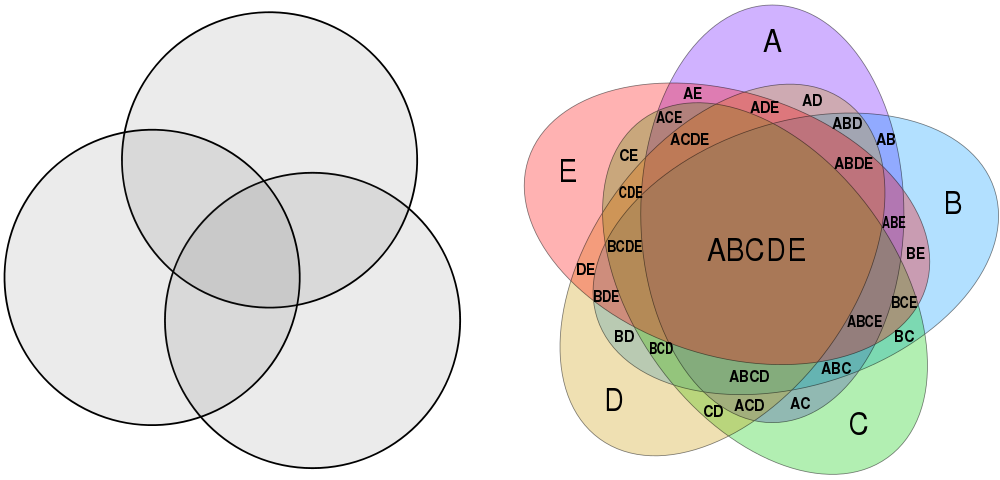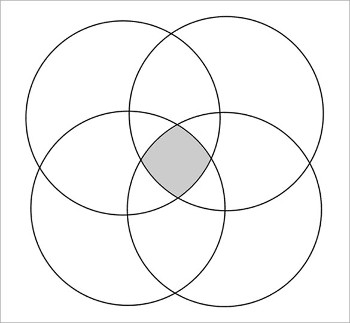An interesting problem from Crux Mathematicorum, March 2004: The increasing sequence 1, 5, 6, 25, 26, 30, 31, 125, 126, … consists of positive integers that can be formed by adding distinct powers of 5. That is, 1 = 50, 5 = 51, 6 = 50 + 51, and so on. What’s the 75th integer in this sequence?
Active and Passive

[The British pub] is the only kind of public building used by large numbers of ordinary people where their thoughts and actions are not being in some way arranged for them; in the other kinds of public building they are the audiences, watchers of political, religious, dramatic, cinematic, instructional or athletic spectacles. But within the four walls of the pub, once a man has bought or been bought his glass of beer, he has entered an environment in which he is a participator rather than a spectator.
— Tom Harrisson, The Pub and the People, 1943
Podcast Episode 286: If Day

In 1942, Manitoba chose a startling way to promote the sale of war bonds — it staged a Nazi invasion of Winnipeg. For one gripping day, soldiers captured the city, arrested its leaders, and oppressed its citizens. In this week’s episode of the Futility Closet podcast we’ll describe If Day, which one observer called “the biggest and most important publicity stunt” in Winnipeg’s history.
We’ll also consider some forged wine and puzzle over some unnoticed car options.
So There

Exploring the caves above the 53-meter statue of Gautama Buddha in the Bamyan valley of Afghanistan in the 1930s, a French archaeological delegation found this message scrawled on a wall:
If any fool this high samootch explore
Know Charles Masson has been here before.
Estimating Payments
In 1996 Peyman Milanfar, a reader of Mathematics Magazine, presented a quick way to estimate monthly payments on a loan, passed down from his grandfather, who had been a merchant in 19-century Iran:
The interest is calculated as
The exact formula given in finance textbooks is
where C is the monthly payment, r is the monthly interest rate (1/12 the annual interest rate), N is the total number of months, and P is the principal. Rendered in that notation, the folk formula becomes
“In many cases, Cf is a surprisingly good approximation to C,” particularly when the principal is fixed, the monthly interest rate is sufficiently low, and the total number of months is sufficiently high, Milanfar writes. For example, for a four-year loan of $10,000 at an annual rate of 7% compounded monthly, the precise formula gives a monthly payment of $239.46, while the folk formula gives $237.50.
“While its origins remain a mystery, the method is still in use among merchants all around Iran, and perhaps elsewhere.”
(Peyman Milanfar, “A Persian Folk Method of Figuring Interest,” Mathematics Magazine 69:5 [1996], 376.)
The Tonal System

In 1859, far ahead of its application in computing, engineer John W. Nystrom proposed that we adopt base 16 for arithmetic, timekeeping, weights and measures, coinage, and even music.
“It is evident that 12 is a better number than 10 or 100 as a base, but it admits of only one more binary division than 10, and would, therefore, not come up to the general requirement,” he wrote. “The number 16 admits binary division to an infinite extent, and would, therefore, be the most suitable number as a base for arithmetic, weight, measure, and coins.”
He named the 16 digits an, de, ti, go, su, by, ra, me, ni, ko, hu, vy, la, po, fy, and ton, and invented new numerals for the upper values. Numbers above this range would be named using these roots, so 17 in decimal would be tonan (“16 plus 1”) in Nystrom’s system. And he devised some wonderfully euphonious names for the higher powers:
| Base 16 Number | Tonal Name | Base 10 Equivalent |
| 10 | ton | 16 |
| 100 | san | 256 |
| 1000 | mill | 4,096 |
| 1,0000 | bong | 65,536 |
| 10,0000 | tonbong | 1,048,576 |
| 100,0000 | sanbong | 16,777,216 |
| 1000,0000 | millbong | 268,435,456 |
| 1,0000,0000 | tam | 4,294,967,296 |
| 1,0000,0000,0000 | song | 1612 |
| 1,0000,0000,0000,0000 | tran | 1616 |
| 1,0000,0000,0000,0000,0000 | bongtran | 1620 |
So the hexadecimal number 1510,0000 would be mill-susanton-bong.
The system was never widely adopted, but Nystrom was confident in its rationality. “I know I have nature on my side,” he wrote. “If I do not succeed to impress upon you its utility and great importance to mankind, it will reflect that much less credit upon our generation, upon scientific men and philosophers.”
Nothing Doing
No Show Museum is a museum dedicated to artworks that depict nothing.
“The museum has committed itself to the mission to spread nothing all over the globe.”
(Via MetaFilter.)
Finger Painting
In the last decade Iris Scott has completed nearly 500 canvases, mostly in oils, using her fingers rather than brushes. “When I see an artwork that makes me gasp — a painting by Artemisia Gentileschi, Klimt, or Picasso, for example — my head exits time, space melts, and the moment stretches into a new dimension of hyper-reality,” she writes. “That is a very important sensation: it is the awe of understanding that a human did this, and it empowers you to believe you can do something profound, too.”
Limerick
A Maths Master, teaching at Rye,
Bought his pupils a succulent π.
But we’re sorry to state
That 3/8
With 6=7 knows why.
— Punch, Sept. 29, 1937, via William R. Ransom, One Hundred Mathematical Curiosities, 1953
(I read this as “three overate, with sick sequels, heaven knows why.”)
Venn Primes

The classic three-circle Venn diagram on the left has threefold rotational symmetry, and the more complex five-ellipse diagram on the right (discovered by Branko Grünbaum in 1975) has fivefold symmetry. Pleasingly, it turns out that a Venn diagram with n curves having an n-fold rotational symmetry exists if and only if n is prime.
(The diagram below has four curves and fourfold symmetry, but properly speaking it’s not a Venn diagram because it doesn’t represent all possible intersections of the sets.)
(Stan Wagon and Peter Webb, “Venn Symmetry and Prime Numbers: A Seductive Proof Revisited,” American Mathematical Monthly 115:7 [2008], 645-648; Frank Ruskey, Carla D. Savage, and Stan Wagon, “The Search for Simple Symmetric Venn Diagrams,” Notices of the AMS 53:11 [2006], 1304-1311.)

